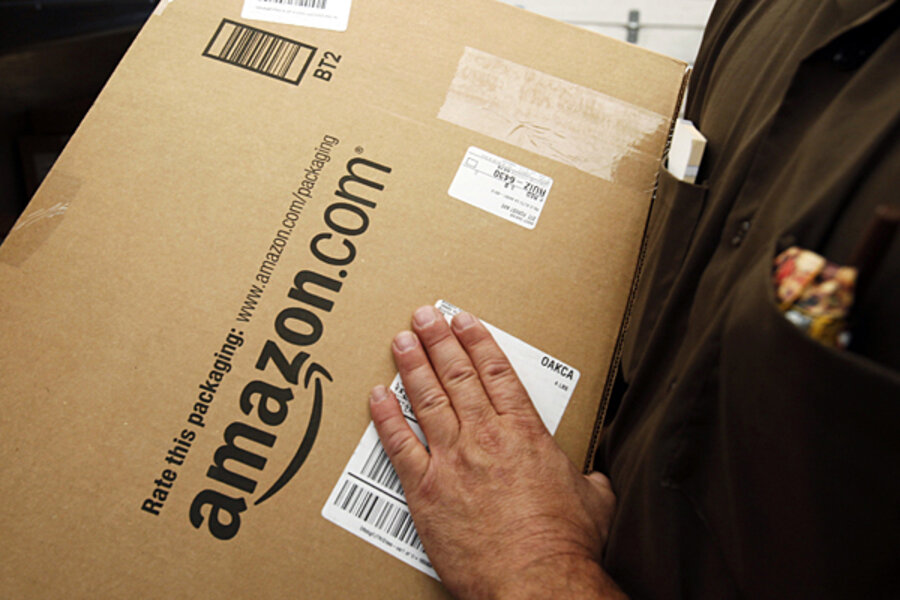Will Amazon raise its prices?
Loading...
In its fourth quarter earnings report, Amazon reported a net sales increase of 27%, raising its sales revenue to $61.09 billion. The retail giant's operational costs also went down by 22% to $676 million, but Amazon ended its year in the red with a net loss of $39 million, compared to its net income of $631 million in 2011.
The company's lack of profits in 2012 are mostly a result of Amazon's hefty investments and overall thin profit margins. And while no expert blames customers for not buying enough, it very well may be Amazon shoppers who will pay the price to make up for that revenue gap.
Consumers Could Be Paying for Amazon's Lack of Profits
These costly investments include developing 20 new fulfillment centers (making for a total of 89) and hiring 50,000 temporary workers during the holidays. Additionally, the Kindle and Amazon's video service are not very lucrative for the retail giant. According to Forbes, Amazon has been subsidizing the cost of the Kindle Fire in "order to gain a foothold in the market for tablets." Amazon also invested more in its video services last year: the company added 19 million pieces of digital media in 2011, all at no small price tag.
And while investments account for a portion of lost profits, Amazon's own price points may also be a factor. The company is famous for deep discounts on everything from socks to small kitchen appliances — a reputation it needs in order to keep a competitive edge. But low prices also mean all-around thin profit margins.
Independent analyst Paul Santos thinks that as Amazon continues to sell more products every year, the cost of selling will increase faster than revenue will, if the retailer continues to offer those famously low prices. In other words, Amazon won't be able to make a profit by selling greater quantities of goods at rock bottom prices. Instead, to boost profits, Santos thinks Amazon will have to raise prices. And it may have already. According to Santos, a number of Subscribe & Save products have gone up in price, some of which went "above and beyond any reasonable level, to the point where customers started finding out that much of the stuff they were buying could be had cheaper in the offline world."
What's more, a recent Kantar Retail study found that Amazon might not be the cheapest place to shop for grocery and household items to begin with. Kantar Retail shopped for 36 different products at Amazon, Walmart.com, and in Walmart's brick and mortar stores. The result – Amazon was 25% more expensive than Walmart, and 12.2% more expensive than Walmart.com.
So what does this mean for the everyday Amazon shopper? Well, if Amazon's calculated investment in the Kindle gives it the foothold it was hoping for — and more customers start renting digital books, movies, and TV shows from Amazon's digital services — profits should rise without us suffering sticker shock. But if Amazon's long-term plan to lower prices and "invest heavily in the future" fails and the retailer can't improve its profit margins by business development alone, the company may turn to raising its prices.
If that's the case, would you continue to buy from Amazon, readers? Or would you turn to other online retailers for potentially cheaper items?







